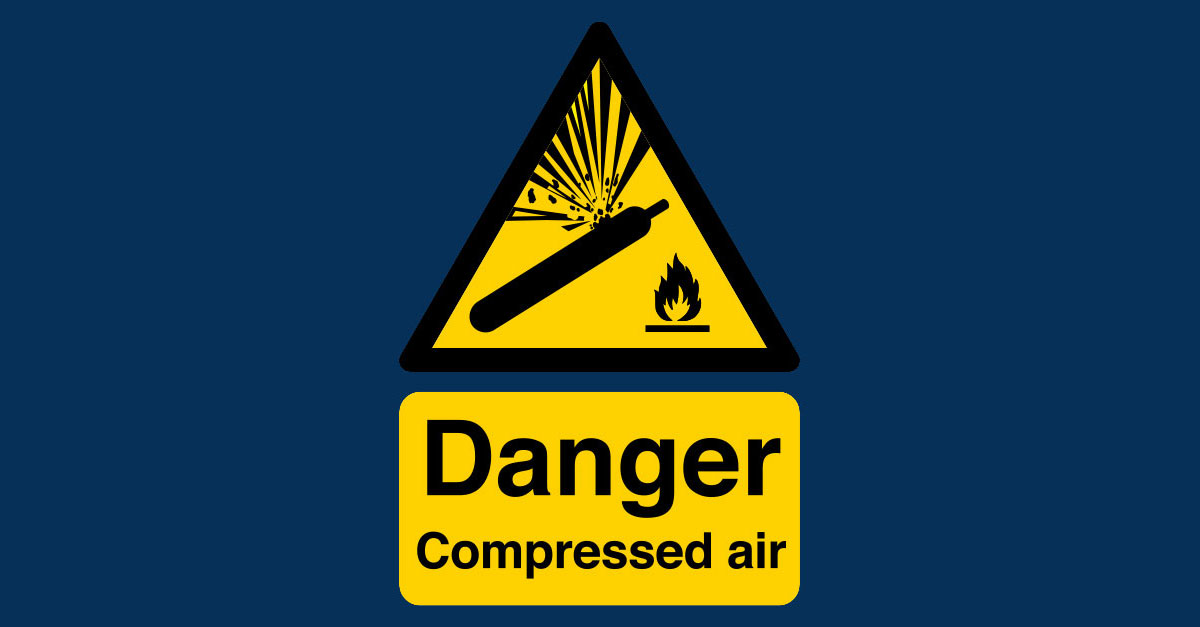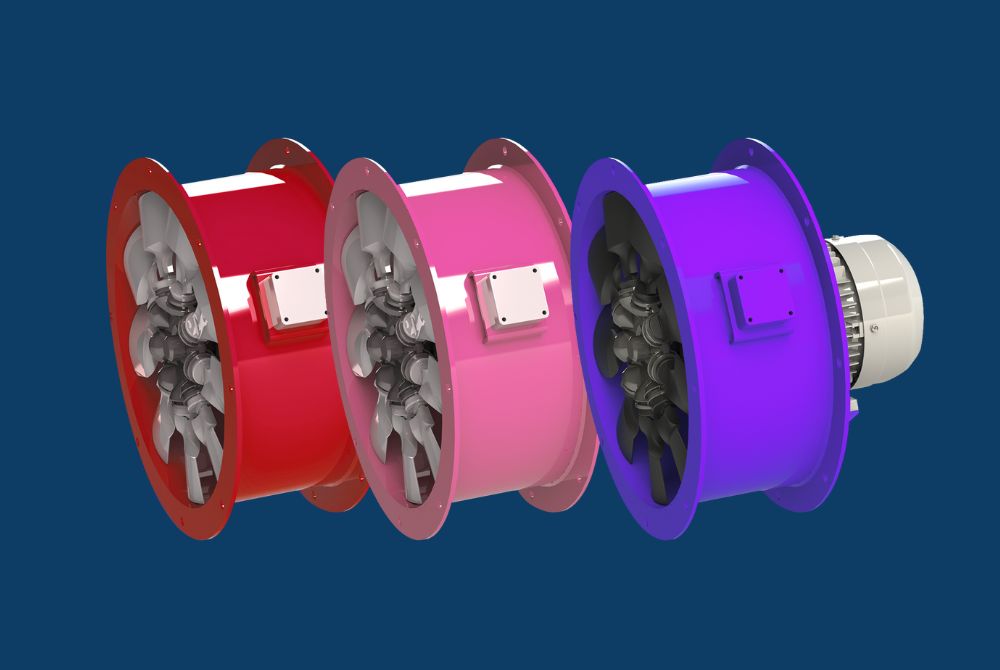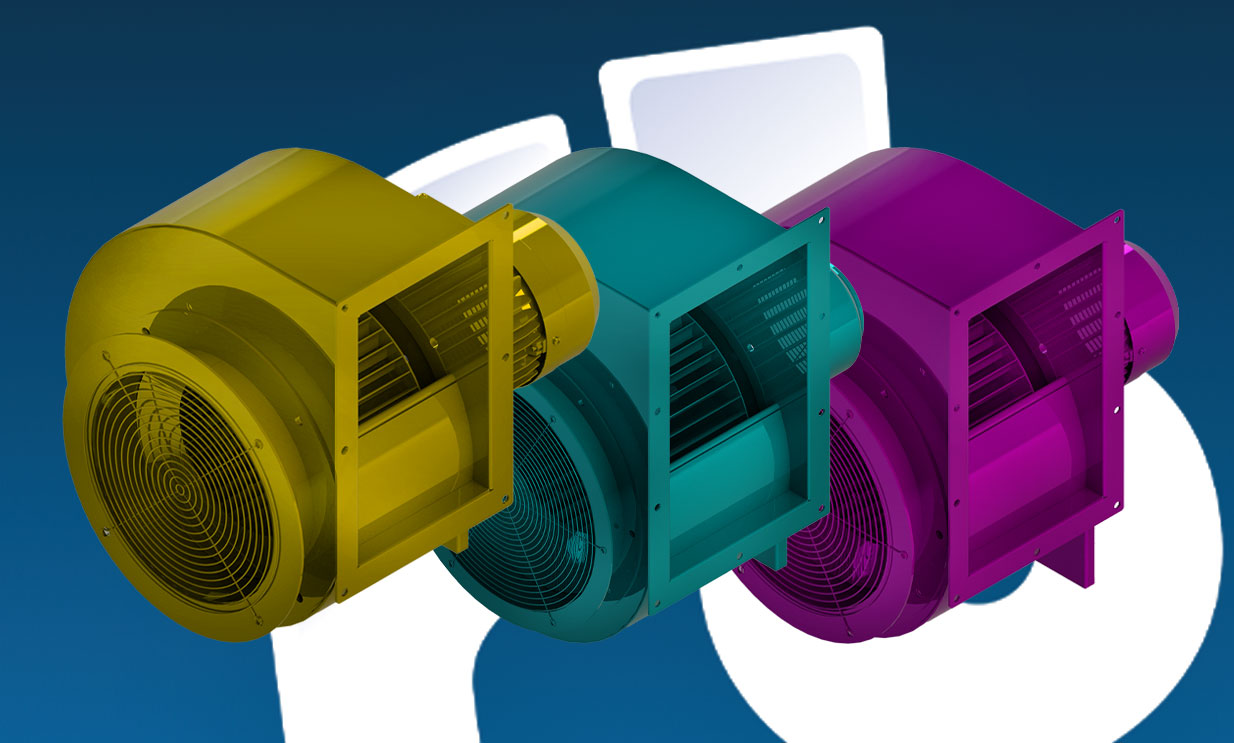
News
Compressed Air Safety with Industrial Fans and Blowers
20.05.2025
Compressed air is a vital utility in many industrial environments. From powering pneumatic tools to conveying materials and cooling processes, it plays a critical role in operations. However, the safe use of compressed air is just as important as its functionality, especially when integrated with fans and blowers.
Let's explore compressed air safety, how it connects to industrial fans and blowers, and key best practices to follow in your facility.
What Is Compressed Air Safety?
Compressed air safety refers to the practices and systems put in place to ensure compressed air is used without posing risks to workers, equipment, or the environment. Although compressed air may seem harmless, it is stored under high pressure and can be dangerous if not handled correctly.
The main hazards include:
- Over-pressurisation
- Airborne particles
- Excessive noise levels
- Improper hose or equipment connections
- Inadequate ventilation of exhaust air
When improperly managed, compressed air can cause serious injury or damage, particularly when used in enclosed systems like ducts, blowers, or industrial fans.
The Role of Fans and Blowers in Compressed Air Systems
Fans and blowers are often used alongside compressed air systems to aid in ventilation, cooling, air knives, drying, or conveying materials. Side channel blowers, for example, are commonly paired with compressed air for pneumatic conveying or aeration processes.
Here’s how fans and blowers play a role in compressed air safety:
- Pressure Management: Blowers help control and regulate the airflow and pressure in systems that use compressed air, reducing the risk of surges and pressure build-up.
- Air Quality Control: Axial or centrifugal fans can extract contaminated or heated air generated during compressed air use, improving workplace air quality.
- System Efficiency: The integration of variable speed fans and blowers can optimise air supply, helping avoid waste and reducing the chances of component failure due to excess pressure or overheating.
- Noise Reduction: Using silencers or low-noise fans helps mitigate the high decibel levels that often accompany compressed air systems.
Best Practices for Compressed Air Safety with Fans and Blowers
Use Correct Fan Specifications
Ensure the fan or blower is rated for the pressure, temperature, and airflow of your compressed air system. Oversized or undersized equipment can compromise safety and efficiency.
Install Pressure Relief Valves
Systems should include appropriate pressure relief valves to prevent over-pressurisation.
Regular Maintenance and Inspection
Maintain fans and blowers to avoid performance drop-offs or mechanical failure. Look for signs of wear in bearings, belts, and motor alignment.
Use ATEX-Rated Fans Where Necessary
In environments with combustible dust or gases, use ATEX-certified fans to reduce the risk of ignition.
Ensure Proper Exhaust Ventilation
Prevent the build-up of used compressed air and airborne contaminants with proper extraction fans or ventilation systems.
Why It Matters
Ignoring compressed air safety can lead to:
- Worker injury or hearing damage
- Equipment failure
- Process inefficiencies
- Regulatory fines and operational downtime
By combining high-quality fans and blowers with a robust compressed air safety plan, you can reduce these risks and maintain a safer, more efficient workplace.
Essential in many industrial systems
Compressed air is essential in many industrial systems, but safety must come first. At Fans and Blowers, we provide a wide range of axial, centrifugal, and side channel blowers designed to support compressed air systems safely and efficiently.
Need help choosing the right fan for your compressed air application?
Contact our experts today to discuss your project or request a quote.
Return To NewsPRODUCTS WITH EXCEPTIONAL PERFORMANCE
Our Range




